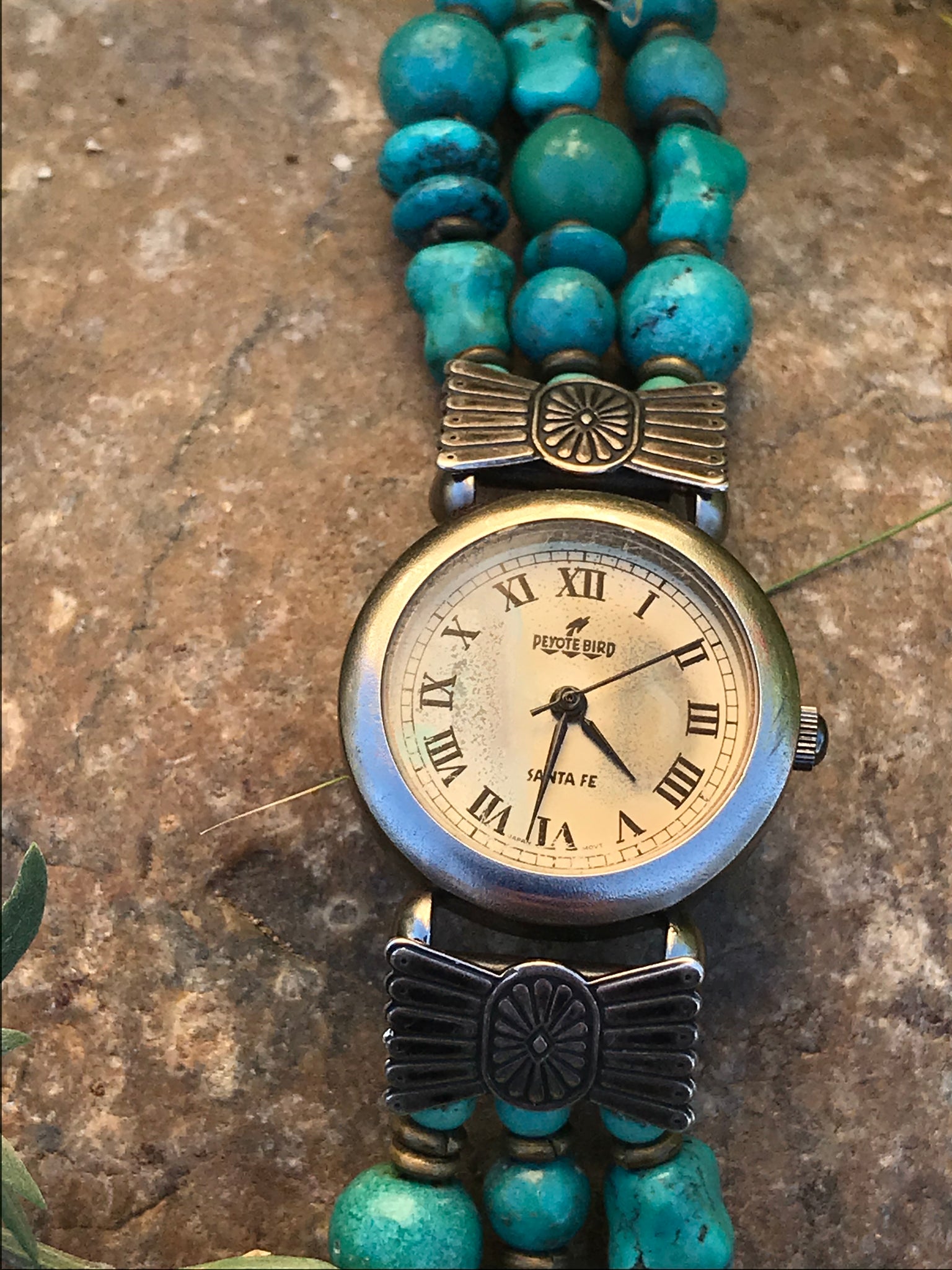What do you know about the Peyote Bird Watch and the significance it holds in the realm of nature and culture? If you’re curious about this unique experience that combines the beauty of birdwatching with rich cultural symbols, you’ve come to the right place.
The Significance of the Peyote Bird
The Peyote Bird holds a special place in Native American culture, particularly among tribes in the southwestern United States. You might wonder why this bird is so revered. It’s not just about its physical attributes or behaviors; it’s the symbolism associated with it that captivates many.
Cultural Importance
For many Native American tribes, the Peyote Bird is associated with spiritual visions and the sacred peyote plant itself. This tiny bird, often depicted in art and stories, is seen as a bridge between the earthly and spiritual realms. Its vibrant plumage and impressive ability to adapt to various environments symbolize transformation and resilience.
Relationship with Nature
The connection between indigenous peoples and nature is profound. When you engage in birdwatching, particularly with a focus on the Peyote Bird, you begin to appreciate the delicate balance of ecosystems. Understanding the habitats, feeding routines, and migratory patterns of birds can deepen your respect for the natural world.

This image is property of yourgreatfinds.net.
The Distinct Features of the Peyote Bird
As you become familiar with the Peyote Bird, you might find yourself captivated by its unique characteristics. Each aspect of this bird tells a story, enriching your understanding as you observe it in its natural habitat.
Physical Characteristics
Peyote Birds, often associated with certain species of small birds like the Quail or other similar species, exhibit some fascinating physical traits:
- Coloration: Vibrant colors often signify the bird’s bond with nature and spirituality. You’ll notice blends of browns, greens, and striking patterns that offer camouflage in their habitats.
- Size: These birds are relatively small, making them easy to overlook. However, their diminutive size does not diminish their importance in the ecosystem.
| Characteristic | Description |
|---|---|
| Coloration | Vivid, often earthy tones, reflecting their habitat |
| Size | Small, compact |
| Call | Distinctive, often melodic |
| Nesting Habits | Ground nests, highly camouflaged |
Behavior and Habitat
Understanding the behavior of the Peyote Bird can enhance your birdwatching experience. These birds exhibit unique habits that are essential to their survival.
Foraging and Feeding
Peyote Birds generally forage on the ground, looking for seeds and insects. Observing them at this stage allows you to appreciate their agility and resourcefulness.
Nesting
You may find their nests strategically placed to avoid predators, typically hidden among grasses or in shrubs. This instinct for safety is vital for the survival of their young.

This image is property of i.etsystatic.com.
Engaging with the Peyote Bird Watch Experience
Now that you’ve grasped the essence of the Peyote Bird and its cultural and ecological significance, you might be thinking about how to participate in the Peyote Bird Watch experience yourself. This activity can be incredibly rewarding and educational.
Preparing for Birdwatching
Before you embark on your birdwatching adventure, there are a few essentials you should consider:
-
Location: Research areas known for the presence of the Peyote Bird. National parks, reserves, and protected natural areas are typically great spots for birdwatching.
-
Equipment: A good pair of binoculars can significantly enhance your experience. You’ll want to see the details without disturbing the birds.
-
Field Guide: Having a field guide on local birds can help identify different species, including the Peyote Bird. This knowledge adds depth to your experience.
Best Practices for Birdwatching
As you prepare to watch these birds, remember to respect their environment. Here are some friendly tips to consider:
- Be Quiet: Birds are sensitive to noise, so keep your discussions low and be mindful of sudden sounds.
- Stay Hidden: Wearing earth-tone clothing helps you blend into the surroundings. This way, you won’t scare the birds away.
- Observe from a Distance: Use your binoculars rather than getting too close. This not only keeps you safe but allows you to observe natural behaviors.
Timing Your Birdwatching
To maximize your birdwatching experience, consider the timing:
Early Mornings
Birds are most active during the early morning. The quiet hours before dawn can often yield the best sightings and sounds.
Seasonal Considerations
Different times of the year can also impact your experience significantly. Early spring is typically the best time to observe breeding behaviors and witness migration patterns.
| Season | What to Watch For |
|---|---|
| Spring | Nesting behaviors and migrations |
| Summer | Young birds and feeding behaviors |
| Fall | Migration patterns back to winter habitats |
| Winter | Survival tactics and different feeding grounds |

This image is property of i.etsystatic.com.
The Role of Peyote Bird Watch in Conservation
Engaging in activities like the Peyote Bird Watch plays a crucial role in conservation efforts. By participating in these experiences, you contribute to awareness and the protection of natural habitats.
Educational Opportunities
Birdwatching serves as an educational tool, fostering appreciation for wildlife and ecosystems. You can learn about the challenges many bird species face, including habitat loss and climate change.
Community Involvement
Many birdwatching communities actively engage in local conservation efforts. Joining these groups can amplify the impact of your love for birdwatching, allowing you to make a difference alongside like-minded individuals.

This image is property of buy-the-way-antiques.myshopify.com.
The Spiritual Connection
Many birdwatchers find that observing birds such as the Peyote Bird creates a connection that transcends the physical act of watching. This practice can lead to introspection and a sense of peace.
Mindfulness and Presence
Birdwatching requires your focus and awareness of the surroundings, creating an opportunity for mindfulness. When you slow down to watch and listen, you often cultivate a better sense of your own place in nature.
Symbolism in Your Journey
Each encounter with a Peyote Bird can symbolize a moment of insight or reflection. You might find that these experiences translate into personal growth, encouraging you to embrace change and resilience in your own life.

This image is property of i.etsystatic.com.
Conclusion
As you consider the many dimensions of Peyote Bird Watch, from its cultural significance to the thrill of connecting with nature, you may feel inspired to take part in this unique experience. Understanding the intricacies of the Peyote Bird and its environment can lead you to appreciate the world around you even more.
Participating in birdwatching can enrich your life in unexpected ways, blending passion for nature, cultural education, and personal reflection. Whether you’re a seasoned birdwatcher or just starting your journey, there’s a wealth of knowledge and beauty waiting for you in the world of the Peyote Bird. Happy watching!

